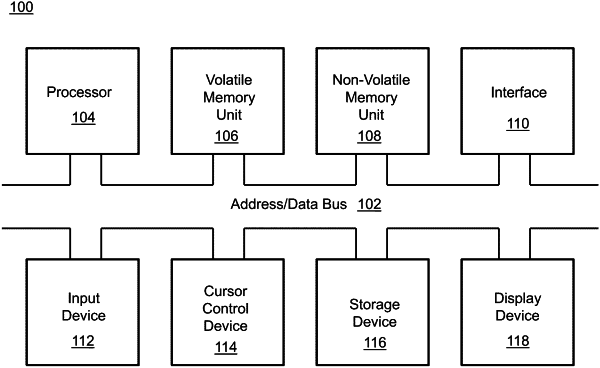| CPC G06V 10/776 (2022.01) [G06V 10/761 (2022.01); G06V 10/762 (2022.01); G06V 10/774 (2022.01); G06V 20/70 (2022.01)] | 12 Claims |

|
1. A system for performance of agent-based machine learning with unsupervised concept extraction from reinforcement learning agents, the system comprising:
one or more processors and a non-transitory computer-readable medium having executable instructions encoded thereon such that when executed, the one or more processors perform operations of:
training a reinforcement learning (RL) agent on an image processing task;
extracting a dataset of a plurality of states and corresponding actions from the RL agent, the plurality of states corresponding to a plurality of image frames;
perturbing each image frame by blurring each pixel in the image frame and focusing the blur around each pixel using a Gaussian filter centered on the pixel;
processing each image frame with the retrained RL agent to obtain an output;
comparing the output to the image frame prior to perturbation to determine a saliency score for each pixel in each image frame;
extracting, during action selection by the RL agent, a plurality of image patches of the input space based on the saliency score;
clustering, using an unsupervised clustering algorithm, portions of a first set of inputs based on similarity to the plurality of image patches, thereby generating a first set of clusters having cluster centers; and
providing non-semantic concept labels as distances to the cluster centers for each state in the dataset.
|